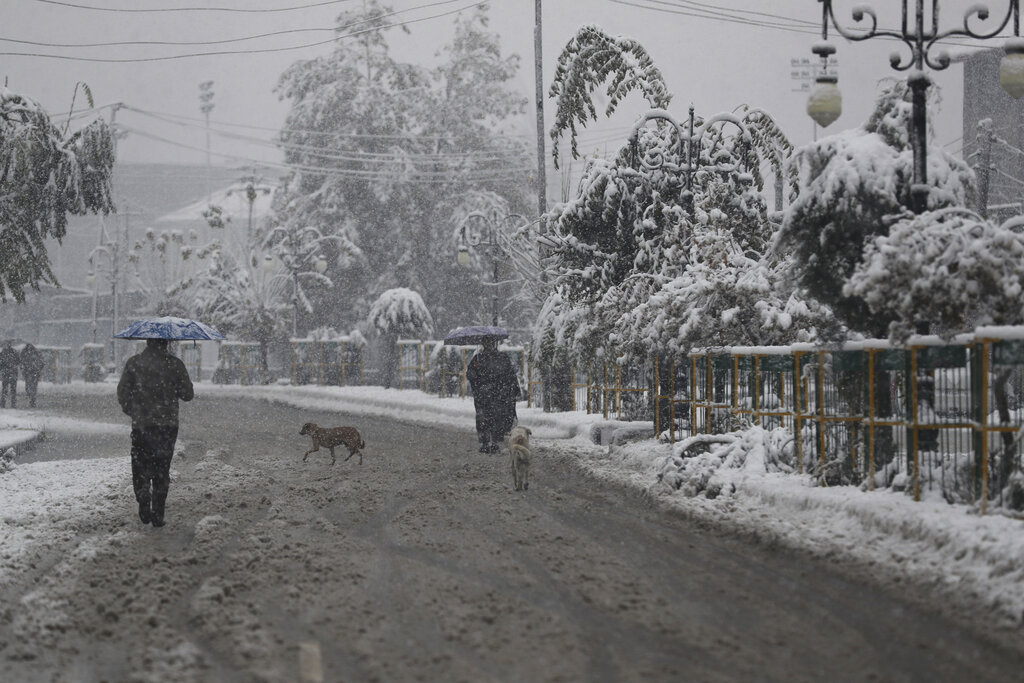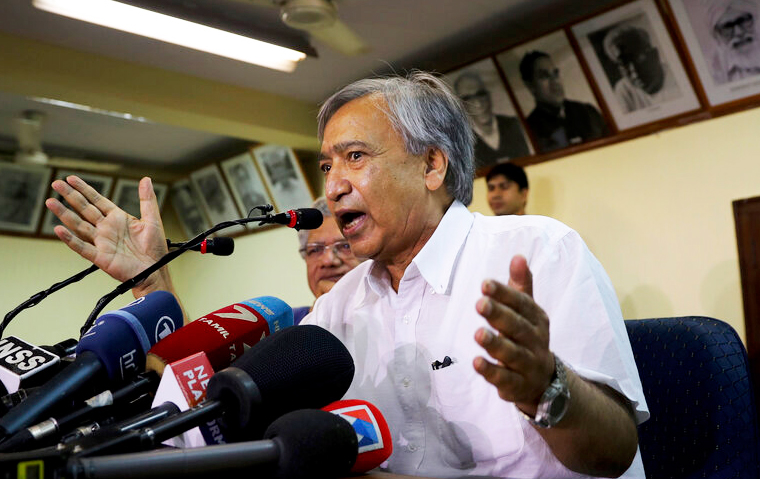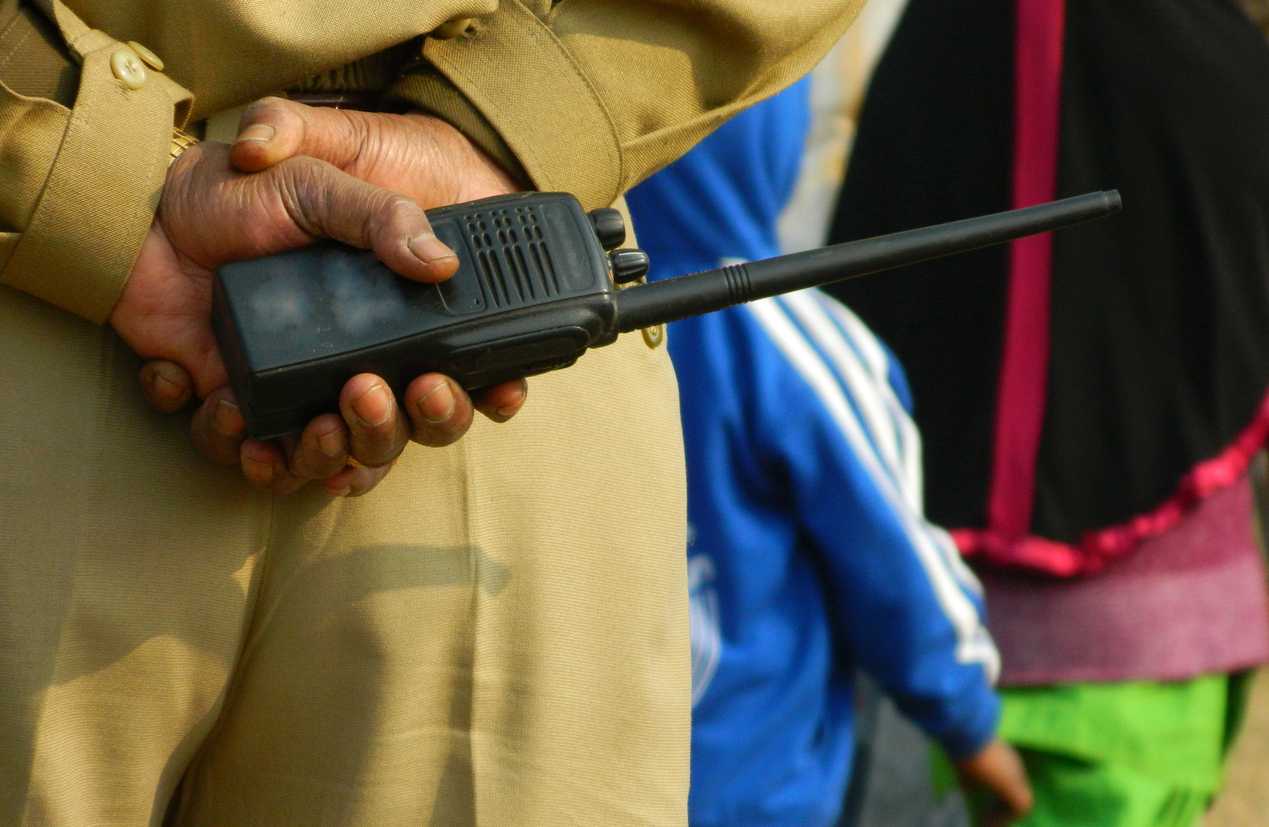In the three months since Parliament passed the Jammu and Kashmir Reorganisation Act, there have been small signs that the internal structural challenges have been addressed even though in some aspects the realities within the former state have become even more complicated. The three distinct regions, with varied cultures, geography and languages, became a singular political entity called Jammu and Kashmir in 1846 when the British East India Company transferred the Kashmir Valley, which it had acquired from the disintegrating Punjab empire, to Gulab Singh of Jammu in consideration of a sum of 75 lakh rupees. Gulab Singh’s general, Zorawar Singh, had conquered Ladakh in 1834.
With a population of nearly 300,000, the Ladakh region seems to be the main beneficiary of the Jammu and Kashmir Reorganisation Act. The region was administered from the winter capital, Jammu, and the summer capital, Srinagar. Coinciding with the beginning of militancy in the Valley — it later spread to Jammu province — the demand for a Union territory in Ladakh had become a mass-based movement in Buddhist-majority Leh. In 1989, the agitation started by the Ladakh Buddhist Association lasted for four months. The administration was paralyzed by a month-long strike by Buddhist employees. The agitation had taken a violent turn with three LBA activists killed in police firing on August 27, 1989.
The 1989 agitation was called off following the visit of the then Union home minister, Buta Singh. The government agreed to consider an autonomous district hill council for Leh. In 1991, several rounds of talks between the then governor, G.C. Saxena, and leaders of the LBA resulted in a stalemate. The demand for the UT was predicated on the grounds of alleged discrimination by the state government and that “the people of Ladakh were treated as second class citizen in the matter of services and other related spheres”. Finally, on October 10, 1993, the Central government announced an autonomous hill council status. It was decided that Kargil district could get a similar council if the people there so desired. In 1995, while the state was still under president’s rule, the former prime minister, P.V. Narasimha Rao, executed the decision to give Leh the hill council status. Kargil, a Shia Muslim-majority district of Ladakh, which had originally opposed the demand, got a similar council in 2003 under Chief Minister Mufti Mohammad Sayeed.
In the backdrop of the demand for UT by the LBA, almost half of the population in Ladakh — Shia Muslim majority-Kargil — felt threatened. Demographic claims and counter-claims have been the popular narrative in both districts as each party stated that its population is higher than that of the other. As per the 2011 Census, Ladakh is nearly 46.4 per cent Muslim, 39.7 per cent Buddhist and 12.1 per cent Hindu. The enthusiasm in Buddhist-majority Leh over the creation of a UT has, expectedly, ignited a sense of palpable anxiety in Shia Muslim-majority Kargil. On the day when Ladakh attained its UT status, there were protests in Kargil as people in the district demanded that the capital of the new UT should rotate between Leh and Kargil. There is little doubt that the separation of Ladakh brings to an end a logistically burdensome and irrational association with the rest of Jammu and Kashmir. However, the challenge will be to restore harmonious existence between Buddhist-majority Leh and Shia-majority Kargil. The strategic position of the UT of Ladakh — it is in the vicinity of China, Russia, Afghanistan and Pakistan — reinforces the urgency.
The realities are even more complex in the new UT of Jammu and Kashmir. It has a population of over 12 million. The association between Jammu and the Kashmir Valley has spanned over 172 years. According to the 2011 Census, Kashmir’s population is nearly 1.6 million more than that of Jammu. The area of Jammu is, however, nearly double the size of the Valley. It is relatively religiously and geographically diverse as compared to the Kashmir Valley although the majority of Jammu’s Muslims, with a population of 33.5 per cent of the province, are ethnically closer to Jammu’s Hindus when compared to Kashmiri-speaking Muslims.
While the two provinces are ethnically and linguistically distinct from each other, they share convergences in terms of ethnicity in certain areas. For instance, parts of Doda and Ramban districts in Jammu are Kashmiri-speaking, while in the peripheral areas of the Valley, one would find a Pahari-speaking belt, which is ethnically and linguistically closer to Rajouri and Poonch areas of Jammu or even Pakistan-controlled Kashmir. A co-dependency between the two regions has developed in certain areas of life — such as trade. A pool of secretariat employees drawn from both provinces moves from Jammu to Srinagar during summer and vice versa during winter, a practice colloquially known as the ‘durbar (court) move’.
In the post August 5 phase, half of the former state — the Jammu province — is functioning normally as most of the restrictions were lifted soon. There is very little protest over the situation in the Kashmir Valley. The reasons are not hard to decipher. Regional tensions have simmered in the background for the last 72 years. The failure of the state as well as the Centre to come up with a politically objective resolution has resulted in the space getting filled by domestic and international fissiparous forces.
In the period 1998-2000, the US- based Kashmir Study Group, a group of academics brought together by the CEO of the famous North American furniture company, Ethan Allen, and the Srinagar-born Kashmiri American, Farooq Kathwari, mooted a series of proposals to reorganize the state. The main spirit of the exercise was to assuage the political aspirations of the Kashmiri-speaking areas of the region, which is around 38.5 per cent of the undivided state as it existed in 1947, and provide it the de-facto right to decide its future and accept the status quo for the rest. One of the academics, the Brooklyn-born professor, Joseph E. Schwartzberg, with a specialization in political geography and South Asia, suggested separating the ethnic Kashmiri-speaking areas of the undivided state while allowing the non-Kashmiri parts like Ladakh and Jammu to fully integrate with India and Pakistan-controlled Kashmir, known as ‘Azad Kashmir’, and Gilgit-Baltistan to integrate with Pakistan. In practical terms, it was a rehashed version of the old 1950 proposal mooted by Owen Dixon, a former Australian chief justice, chosen by the United Nations Security Council to mediate between India and Pakistan on Jammu and Kashmir. India and Pakistan had both rejected the proposal for different reasons.
In an uncanny coincidence, after the KSG proposals became public, domestic forces became active. A section of the ruling National Conference sought reorganization of the state on linguistic and communal lines. Another coincidence followed. The Rashtriya Swayamsevak Sangh passed a resolution on June 30, 2002 in Kurukshetra, demanding the trifurcation of Jammu and Kashmir to carve out a separate state of Jammu and the Union territory of Ladakh. In fact, only a few days before, the RSS leader, Indresh Kumar, had clarified at a book release that the demand for separate statehood should not be seen as trifurcation but as steps towards the reorganization of the state. Seventeen years later, Parliament passed a legislation known as the Jammu and Kashmir Reorganisation Act, 2019.
The present bifurcation of the former state may have matched the script of the KSG or the RSS only halfway. The execution of the next half of the script is being facilitated by the growing polarization between Jammu and the Kashmir Valley. There is a complete absence of a common political and civil society that could bridge this growing gap. Both regions are communicating to each other via external actors. Inspired by Ladakh, as the demand for the separation of Jammu from Kashmir Valley picks up momentum, Muslim-majority hilly areas of Jammu province, like the Shias in Kargil, would become restless. They would not like to disassociate from Muslim-majority Jammu and Kashmir. Unlike Kargil, this part of Jammu is a different ball game. Notably, Rajouri-Poonch hilly areas in Jammu along the line of control and even interior pockets like Doda and Kishtwar had recently come out of militancy and could, once again, become vulnerable to religious extremism.
Some steps are required to prevent the self-fulfilling prophecy of further reorganization of the former state, as envisaged by some external as well as domestic actors. One such formula is political and financial decentralization with the two regions having their elected assemblies with additional layers of elected entities at the districts, blocks and panchayats. Balancing state-sector job representation and developmental fund allocation on the basis of regions or religious affiliations will only complicate the political problem and prepare the division of what remains of Jammu and Kashmir into multiple sectors.
The writer is the author of Militancy in Jammu and Kashmir: The Uncovered Face












